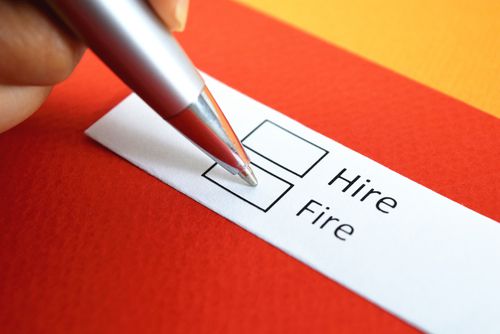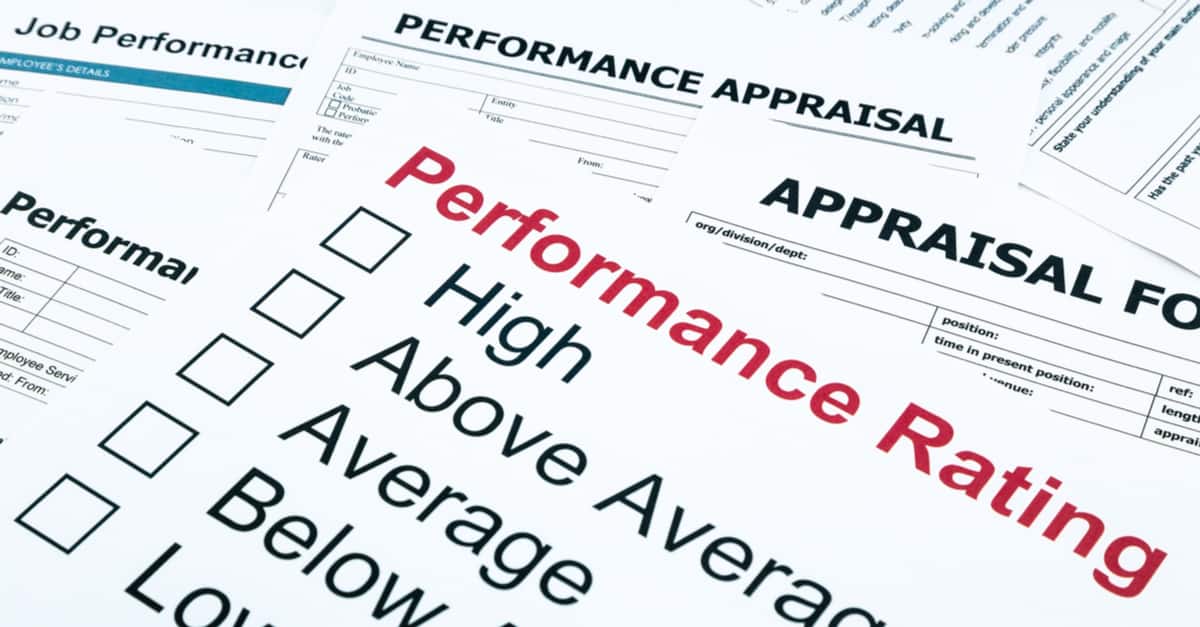How to Dismiss an Employee for Poor Performance?

posted:3 years agobyAwatef Hamdiin Work Life
As Fratres helps employers attract the best talents, it also guides them to dismiss useless professionals that might harm their projects. In many parts of the world, the latest pandemic disease has put an end to economic growth, reducing employment rates clearly and unbelievably. Firing a less performing employee is not an act of cruelty, nor an act of selfishness since employers are already at the verge of all risks.
When Employers Dismiss an Employee?

It is hard for employers to make a final decision to dismiss an employee. This process can be an emotional episode, especially for those employers who treat their staff as basic team members. The decision becomes harder if employers are firing someone who has been in the industry for years and contributed to the project's elevation, training new applicants, and having an excellent professional history.
Firing an employee is one of the most challenging and hard tasks for managers. Unfortunately, avoiding friction or tension in conducting the separation process can make the situation harder, so you have to do it the right way.
Things to Do Before Dismissing an Employee
Of course, dismissing someone is not a random decision and an unfair process. Employers are fully aware of the consequences of rejecting someone and stopping his/ her living, career, and social image. This decision might affect all staff members; Not only does it change the tasks assigned to them, but it also makes them doubt their job stability and the validity of the decisions from employers. That’s why managers choose to give a yellow card before the red one. Let’s take a look at the steps you need to do if you consider dismissing someone:
A Meeting:
You need to make sure that this employee is performing less than usual. To get the proof, you need to tell his or her subordinates and check about these points:
-Punctuality: you need to verify whether this employee is coming at a time or not.
-Performance: you need to assess the quality of your employee’s work. Since you provide a pleasant work atmosphere, coffee breaks, and paid holiday leaves, there will be no excuse for professional laziness. Here is How to handle employee off with work-related stress.
-Evaluation: inquire from head employees or other colleagues about professional hinders. Take notice if this employee has health issues, personal issues, or any other excuse that affects his/ her performance.
Who Is Responsible For Workplace Health And Safety?
Have a direct conversation with this employee:
After hearing from colleagues, managers, and other sources, it is time to hear from your employee. It would be best if you discussed before making your final verdict. this conversation is to inform this employee about your dissatisfaction with his/ her performance at work. Try to know the reasons behind this decay. Here is how to find out if You have a Disgruntled Employee and How To Handle Him?
Remember that this conversation is to clear things out and see if this employee is accused of bad performance or not.
Of course, you have to inform this employee that this is a final warning before taking other dangerous procedures.
What you should not do in this meeting:
-Conversing strictly: mind your nerves, dear employer! Or Else the next day, you will be the star of your employee's gossip.
-Threatening your employee: threatening is not an act of civilization and professionalism. Your threatening can be used against you. For example, your employee can sue you for threatening and abuse at the workplace
Be sure that eliminating the employee's services is the last step you resort to following a fair, transparent, and carefully studied process. If your reason for the demobilization is poor performance, then it should happen after a series of discussions, plans, and measures documenting performance. If the goal is restructuring, it should also be done after several debates, statements, and relevant notifications. What is essential is that the separation process is not sudden. In the majority of companies, the best method is writing a dismissal letter for your employee.

A Dismissal Letter Sample:
The date
Mr./Mrs. ( your name) job title
Your company’s name
Address
Dear Mr./ Mr., your employee’s name:
I am writing this letter to confirm your dismissal for poor performance.
After investigating your concern and granting you multiple chances to improve your performance, I sadly inform you that you are dismissed.
The latest feedback from your managers and colleagues does not advocate any improvement. You are already hired after a professional gap. I understand that you need time to get back into practice. However, some employees in a similar situation have thrived to reach effective performance. You took great additional time, and we didn’t see any improvement.
Moreover, you were following an Employment Assistance Program (EAP). Unfortunately, you failed to meet the required levels specified within that program. After all these attempts to keep your part of our professional team, you didn’t put the slightest effort to keep your place.
You will receive all your financial benefits upon your dismissal. Meanwhile, we are looking forward to getting back all the company’s tools and items. For any inquiries, you can contact us at (the company’s contact information).
Thank you,
Name of the manager
Signature/ stamp.
These were the safest tips of dismissing an employee for bad performance. If you are seeking more advice for the same concern, please check How to Terminate an Employee "The Right Way" Step-by-Step Guide.
